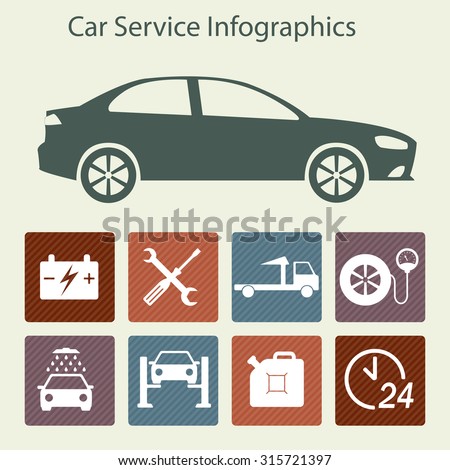Decoding Your Automobile'S Caution Indicators: What They Genuinely Signify
Decoding Your Automobile'S Caution Indicators: What They Genuinely Signify
Blog Article
Authored By-Lim Kejser
When you lag the wheel, those radiant caution lights on your dashboard can be a little bit perplexing. Do you recognize what they're trying to tell you regarding your cars and truck's health? Understanding the relevance of these lights is vital for your safety and the durability of your lorry. So, the following time one of those lights appears, would not you intend to decode its message precisely and take the essential actions to resolve it?
Common Caution Lighting and Interpretations
Recognize usual caution lights in your automobile and recognize their meanings to make certain risk-free driving.
The most regular warning lights include the check engine light, which signals issues with the engine or discharges system. If this light comes on, it's crucial to have your car examined without delay.
The oil stress advising light suggests reduced oil pressure, needing prompt interest to prevent engine damages.
A flashing battery light may recommend a defective billing system, possibly leaving you stranded if not resolved.
The tire stress monitoring system (TPMS) light notifies you to low tire stress, influencing car security and gas performance. Overlooking this could cause unsafe driving conditions.
car valet botany suggests a problem with the anti-lock braking system, endangering your ability to quit promptly in emergency situations.
Finally, the coolant temperature warning light warns of engine overheating, which can result in serious damage otherwise dealt with swiftly.
Understanding these common caution lights will certainly assist you address problems quickly and keep safe driving conditions.
Relevance of Prompt Attention
Understanding the usual caution lights in your cars and truck is just the first step; the value of immediately attending to these warnings can not be stressed enough to ensure your safety and security on the road.
When a caution light illuminates on your control panel, it's your car's means of communicating a prospective problem that requires interest. Neglecting https://lorenzotpjdx.tkzblog.com/30973894/delve-into-the-pivotal-trends-that-are-shaping-the-future-of-automobile-repair-featuring-the-development-of-electric-vehicles-and-the-assimilation-of-ai can lead to more extreme issues in the future, jeopardizing your safety and potentially costing you much more out of commission.
Trigger focus to warning lights can stop malfunctions and crashes. For example, a blinking check engine light could indicate a misfire that, if left ignored, might cause damages to the catalytic converter. Addressing this immediately can conserve you from an expensive repair work.
Similarly, a brake system cautioning light might signal low brake fluid or worn brake pads, essential elements for your safety when driving.
DIY Troubleshooting Tips
If you observe a caution light on your control panel, there are a couple of DIY repairing ideas you can try before looking for professional assistance.
The first step is to consult your automobile's manual to comprehend what the specific warning light suggests. Sometimes the issue can be as easy as a loosened gas cap causing the check engine light. Tightening the gas cap might settle the problem.
Another common issue is a reduced battery, which can set off various advising lights. Examining the battery connections for rust and ensuring they're protected could fix the problem.
If a caution light continues, you can attempt resetting it by disconnecting the cars and truck's battery for a couple of mins and afterwards reconnecting it. In addition, checking your car's fluid degrees, such as oil, coolant, and brake fluid, can assist troubleshoot advising lights related to these systems.
Final thought
To conclude, comprehending your automobile's warning lights is crucial for keeping your car running smoothly and safely. By immediately dealing with these informs and knowing what they imply, you can prevent costly fixings and possible malfunctions.
Keep in mind to consult your cars and truck's guidebook for certain details on each cautioning light and do something about it as necessary to ensure a hassle-free driving experience.
Keep informed, stay risk-free when driving!
